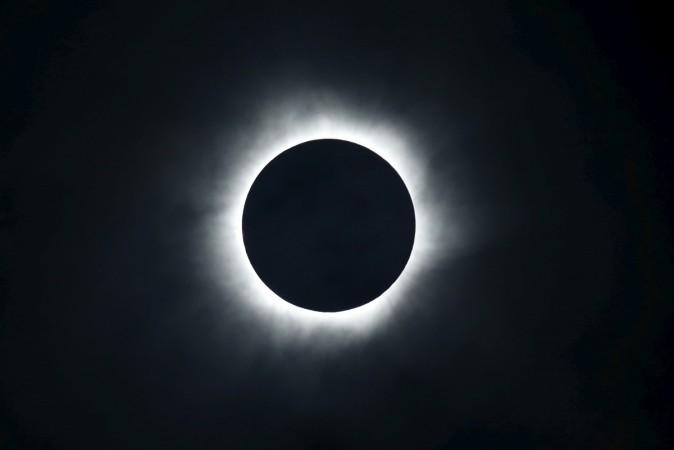
In less than a year, North America will witness its first total solar eclipse since 1918. The celestial event, which is known as the "Great American Total Solar Eclipse," will occur next year on Aug. 21.
On Aug. 21, 2017, for the first time in more than 98 years, the shadow of the total eclipse will sweep North America. What makes the upcoming solar eclipse special is that for the first time in nine decades, the U.S. will witness a total solar eclipse, where mostly partial eclipses are seen.
According to Space.com, the moon will eclipse at least 80 percent of the sun's diameter on Aug. 21, 2017, and the path of the total solar eclipse will go coast to coast across the U.S. The path of the "Great American Total Solar Eclipse" can be viewed on NASA's website.
At least 12 million people living within the totality path can view the eclipse, but more than 220 million Americans living within a one-day drive might travel to see the eclipse.
Skygazers are excited and have already started preparing to witness the celestial event. Several cities in the U.S. have started planning for the event, and people have started booking hotel rooms for next year.
Self-described eclipse chaser Mike Kentrianakis has called the "Great American Total Solar Eclipse" bigger than the Super Bowl.
NASA and other eclipse-focused organisations have listed the top spots to view the "Great American Total Solar Eclipse" so that sky gazers can plan their trips in advance. Snake River Valley, Idaho, Madras, Casper, Wyoming, Nashville, South Carolina and many other places in the U.S. have been named as the top spots for viewing the total eclipse next year.
If you miss the event next year, you can, of course, witness the next total solar eclipse in North America in 2024.

















